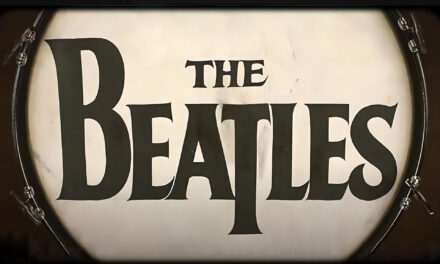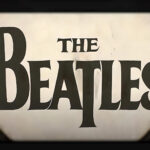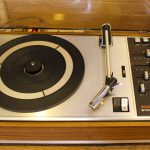In the realm of audio, few terms carry as much weight and significance as “High Fidelity,” often abbreviated as “HI-FI.” It stands as a testament to the pursuit of sonic excellence, aiming to recreate sound in a way that mirrors the original source as faithfully as possible. Let’s embark on a journey through the definition and rich history of High Fidelity sound.
Defining High Fidelity
High Fidelity, or HI-FI, refers to the reproduction of sound with a high level of accuracy and fidelity to the original recording. The aim is to capture and reproduce every nuance, detail, and dynamic range of the source material. This pursuit demands exceptional audio equipment, precise engineering, and a deep understanding of acoustics.
The Core Principles of HI-FI:
1. Accuracy: HI-FI systems aim to reproduce sound without adding or subtracting from the original recording. This ensures that the listener experiences the music or audio as the artist intended.
2. Clarity: High Fidelity systems excel in providing clear and distinct sound, allowing the listener to perceive individual instruments and voices with precision.
3. Dynamic Range: A vital aspect of HI-FI is its ability to faithfully reproduce the full spectrum of volume levels, from the softest whisper to the loudest crescendo.
4. Low Distortion: HI-FI systems strive to minimize any form of distortion, ensuring that the sound remains pure and untainted.
5. Frequency Response: A wide and balanced frequency response is crucial for HI-FI, as it enables the reproduction of both low bass frequencies and high treble frequencies.
A Historical Journey
The Birth of HI-FI (Early to Mid-20th Century)
The term “High Fidelity” gained prominence in the early 20th century with the advent of recorded music. Engineers and enthusiasts sought to improve upon the crude playback mechanisms of the time, which often lacked fidelity and accuracy.
The 1950s and 1960s marked a golden era for HI-FI, with the introduction of stereo systems, vinyl records, and advancements in amplifier and speaker technology. This era saw the emergence of iconic brands like Marantz, McIntosh, and Thorens, which set new standards in audio reproduction.
The Digital Revolution (Late 20th Century)
The late 20th century brought a seismic shift with the transition from analog to digital audio. CDs, with their promise of perfect replication, gained popularity. Digital audio technology allowed for unprecedented clarity and consistency in sound reproduction.
The Renaissance of Analog (21st Century)
In recent years, there has been a resurgence of interest in analog audio, with vinyl records experiencing a renaissance. Audiophiles and enthusiasts appreciate the warmth, richness, and tactile experience that vinyl offers, alongside the nostalgia associated with this format.
The Contemporary Landscape (Present Day)
Today, High Fidelity sound is accessible to a broader audience than ever before. Technological advancements have democratized audio quality, with high-resolution digital formats, streaming services, and cutting-edge audio equipment catering to a wide range of budgets and preferences.
The Future of HI-FI
As we move forward, the pursuit of High Fidelity sound continues to evolve. Emerging technologies such as immersive audio formats, advanced room correction, and spatial audio promise to redefine the listening experience once again.
In conclusion, High Fidelity sound stands as a testament to humanity’s unending quest for perfection in audio reproduction. From humble beginnings in the early 20th century to the present day, HI-FI has shaped the way we experience music and audio, leaving an indelible mark on our cultural landscape. As technology continues to advance, we eagerly anticipate the innovations that will shape the future of HI-FI.














Leave a Reply